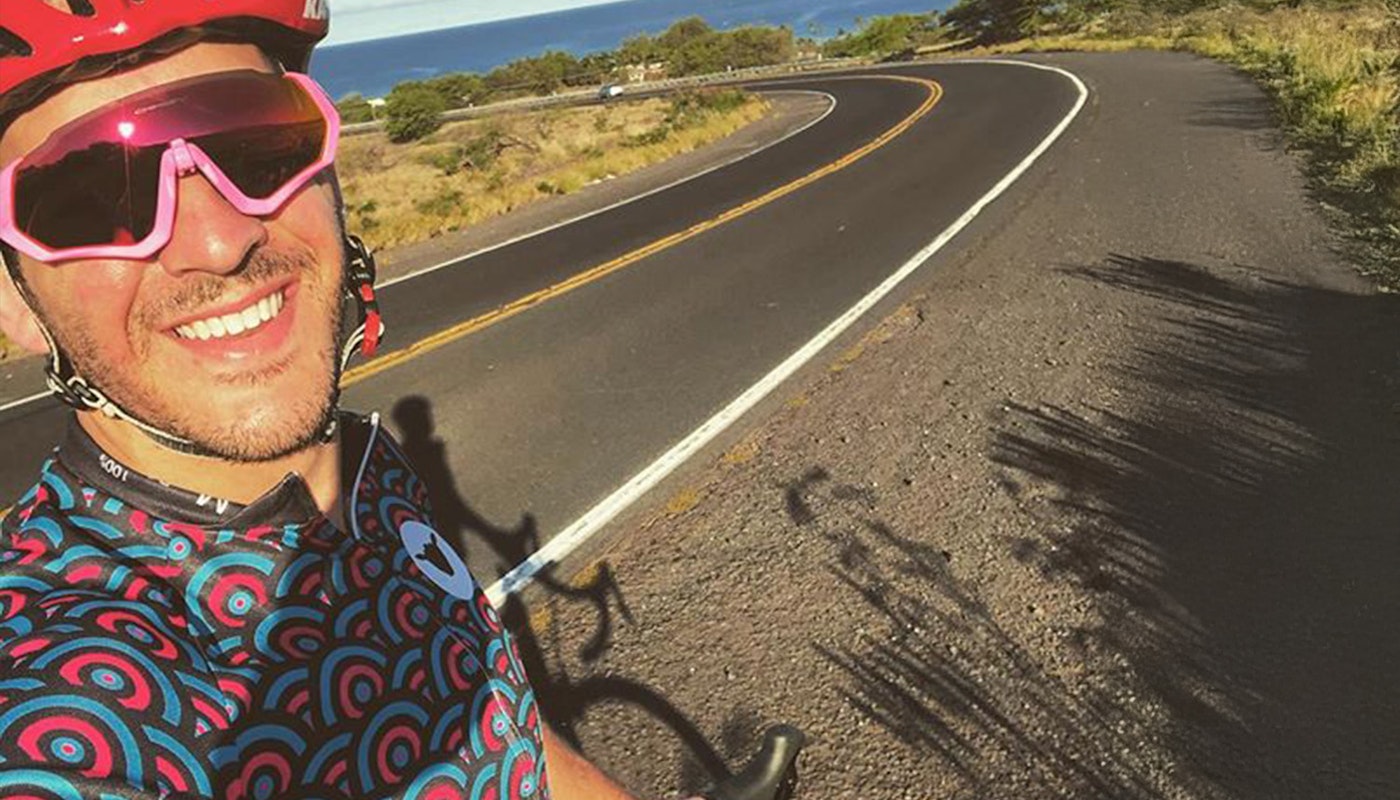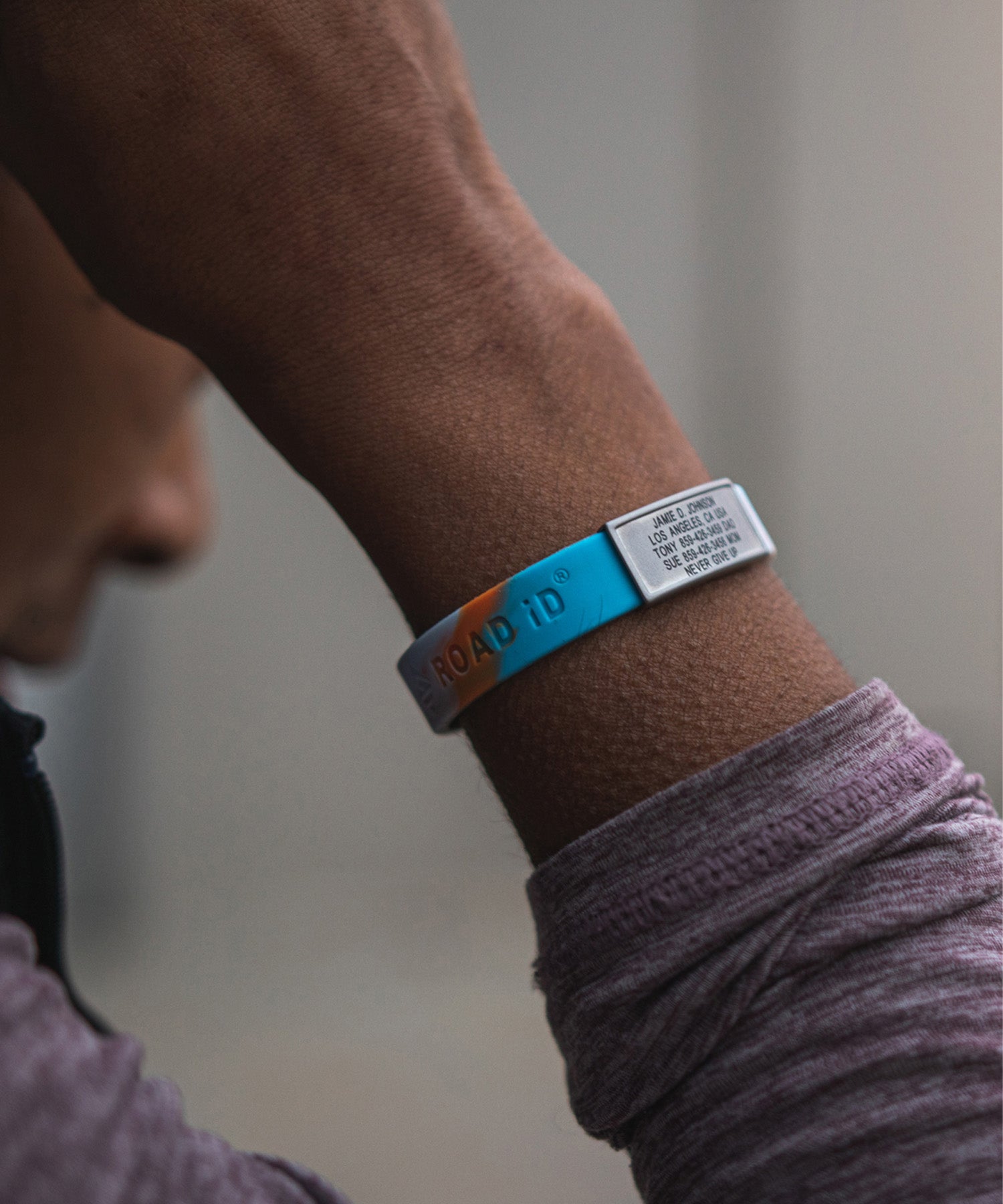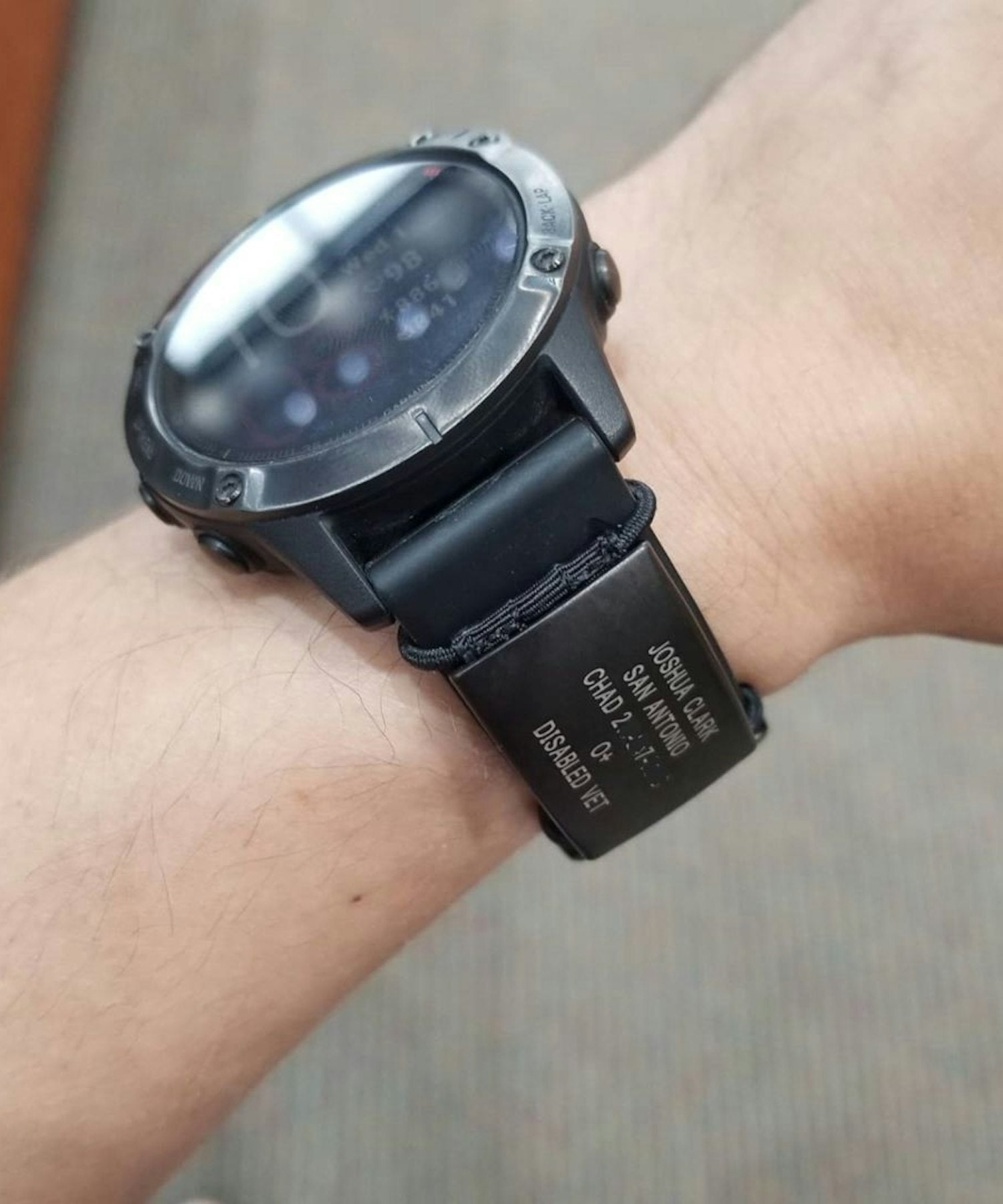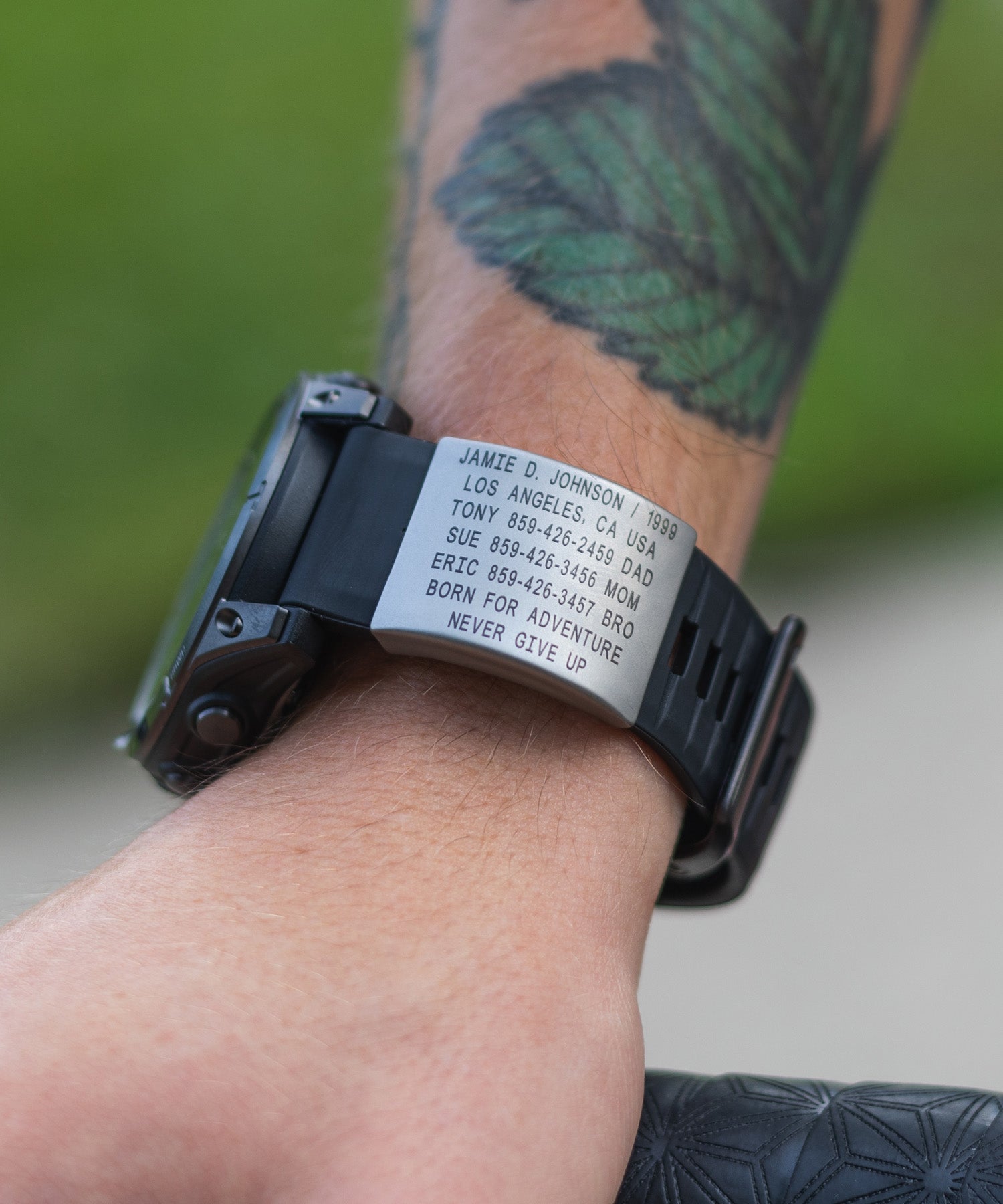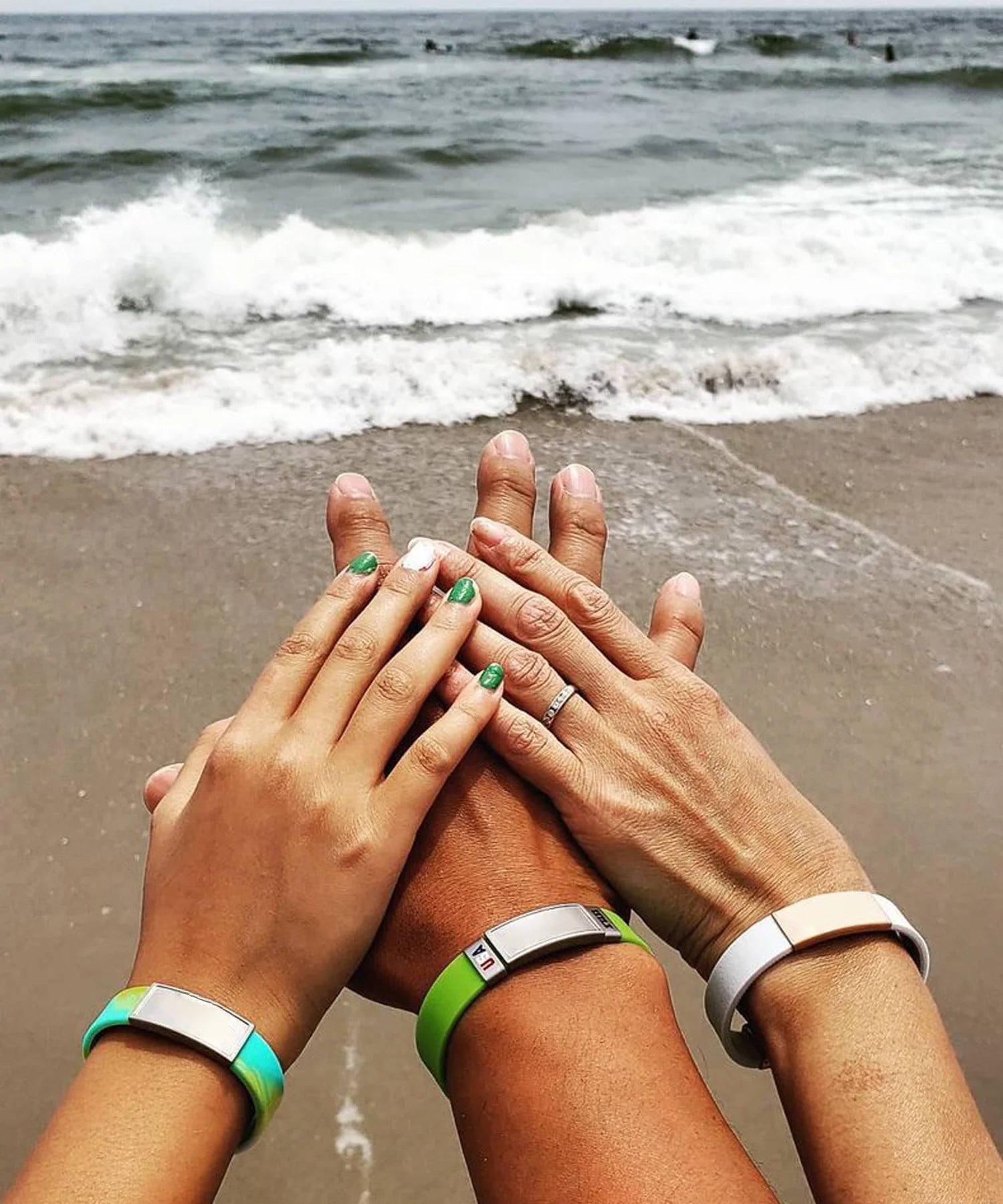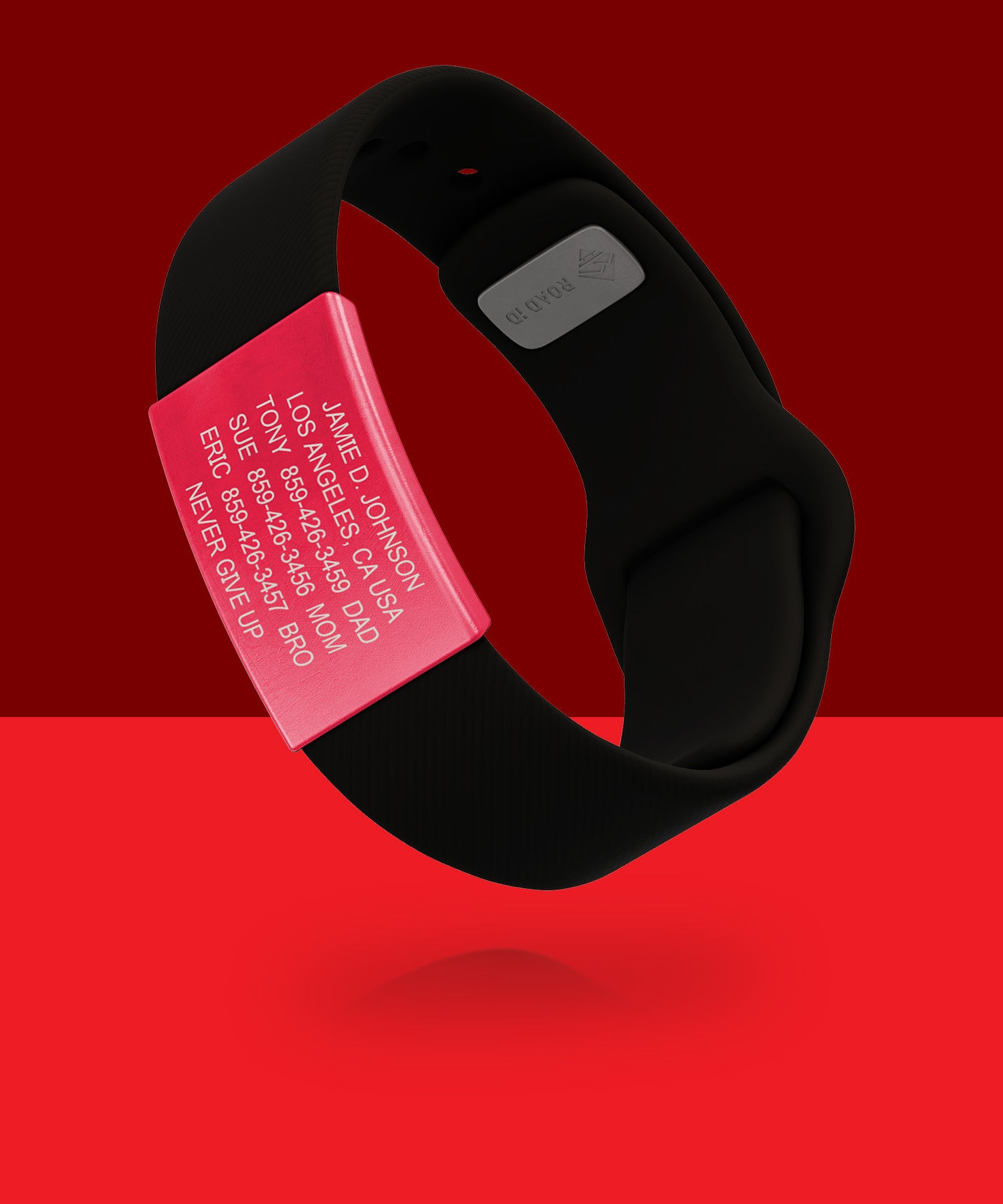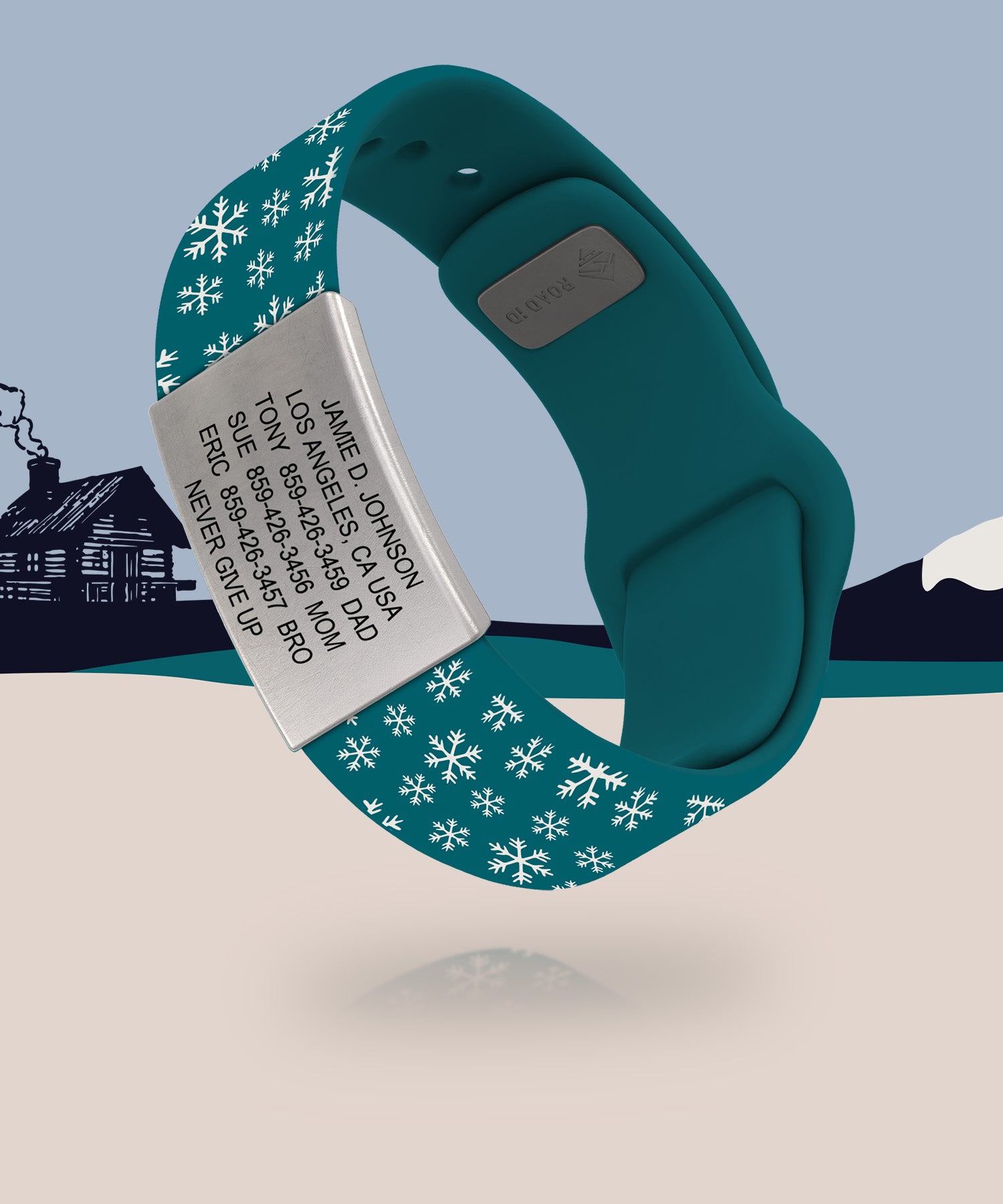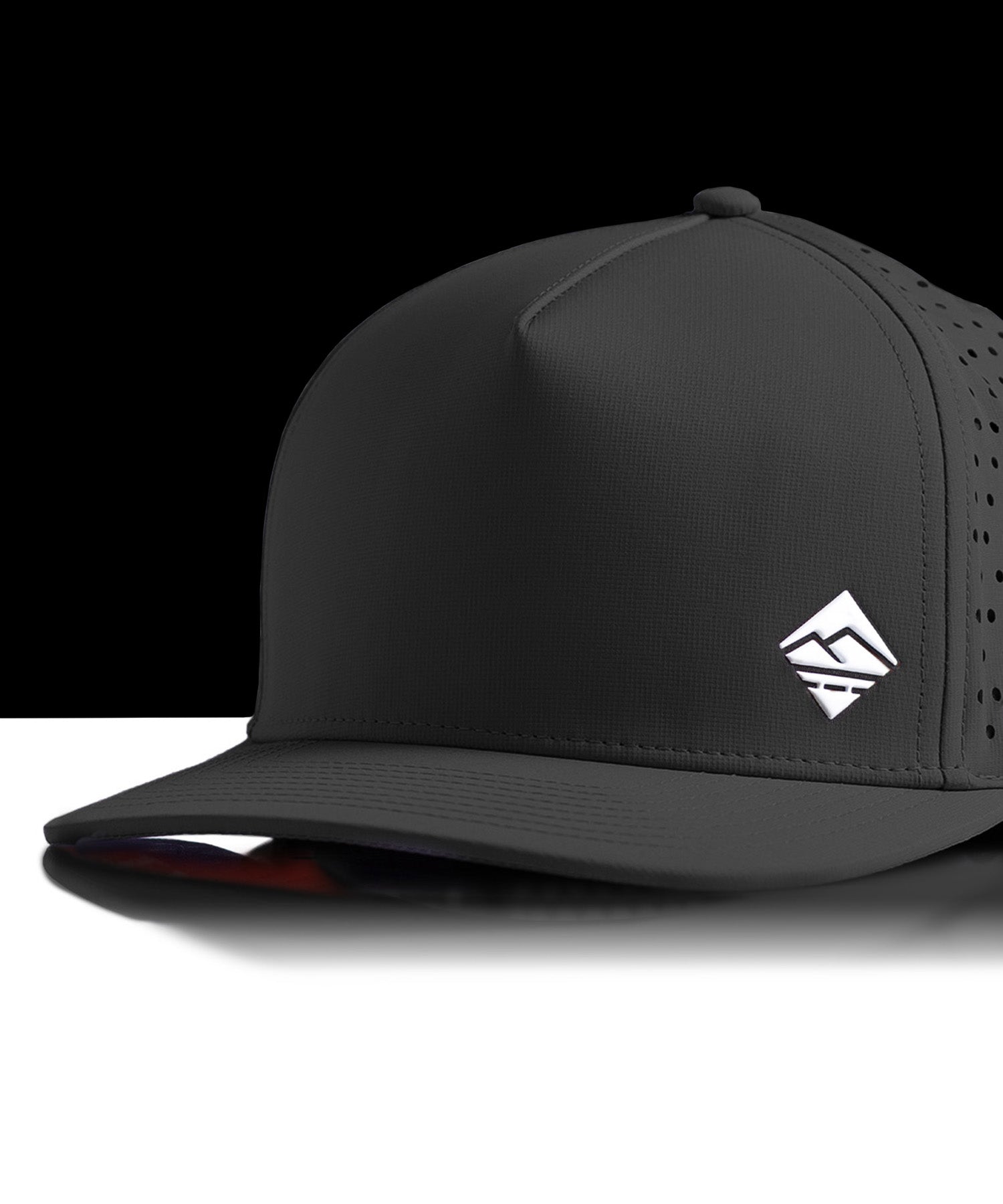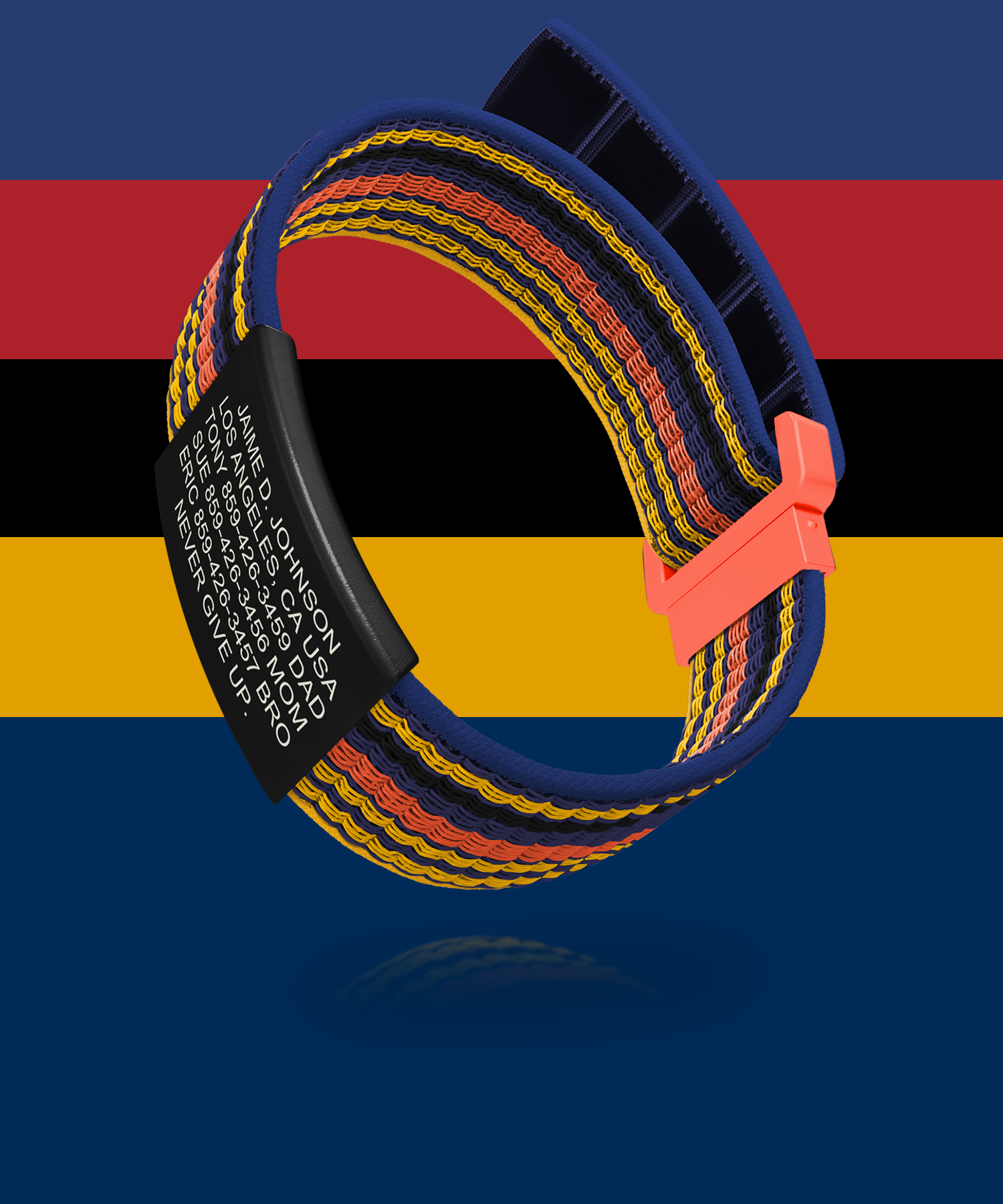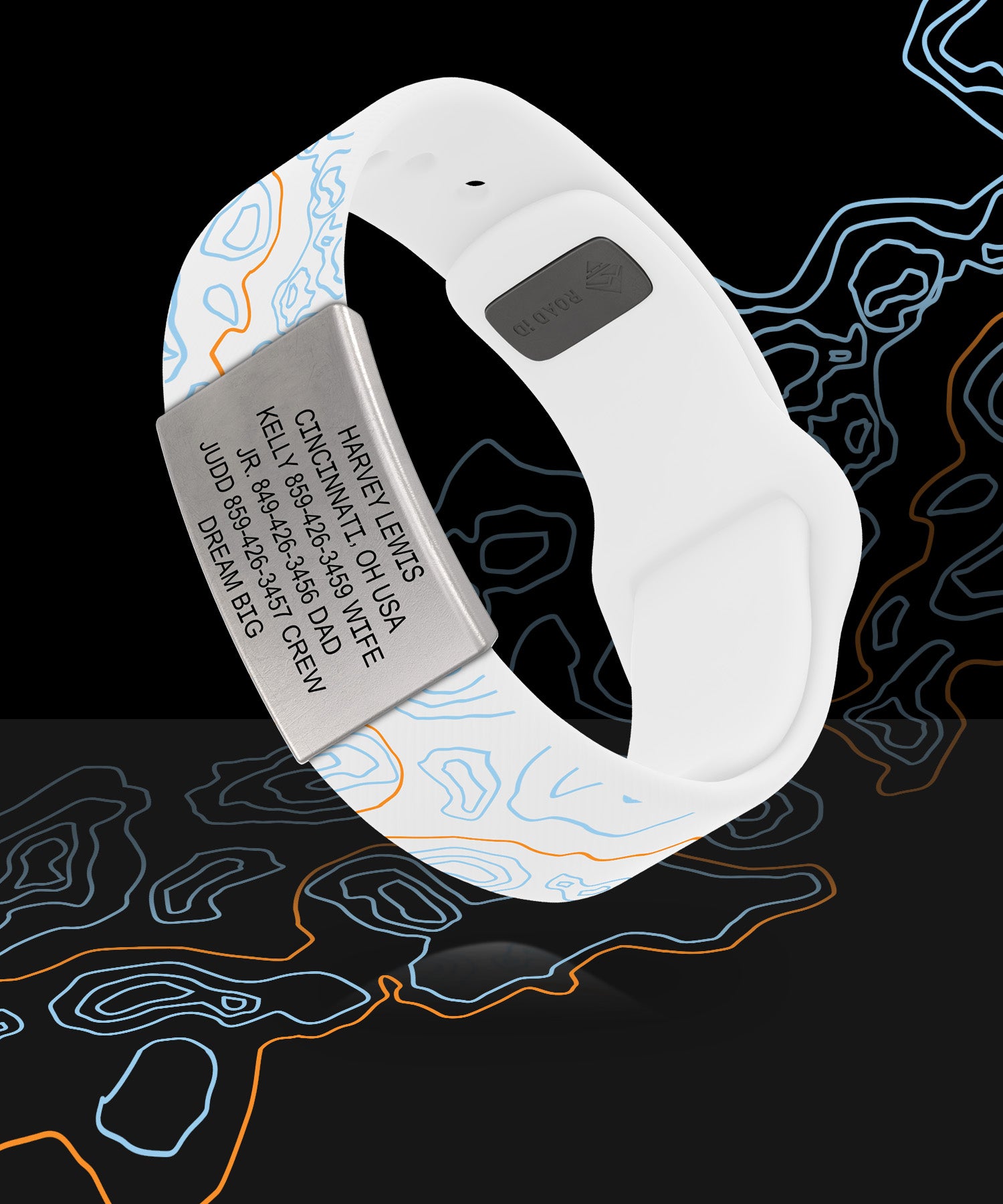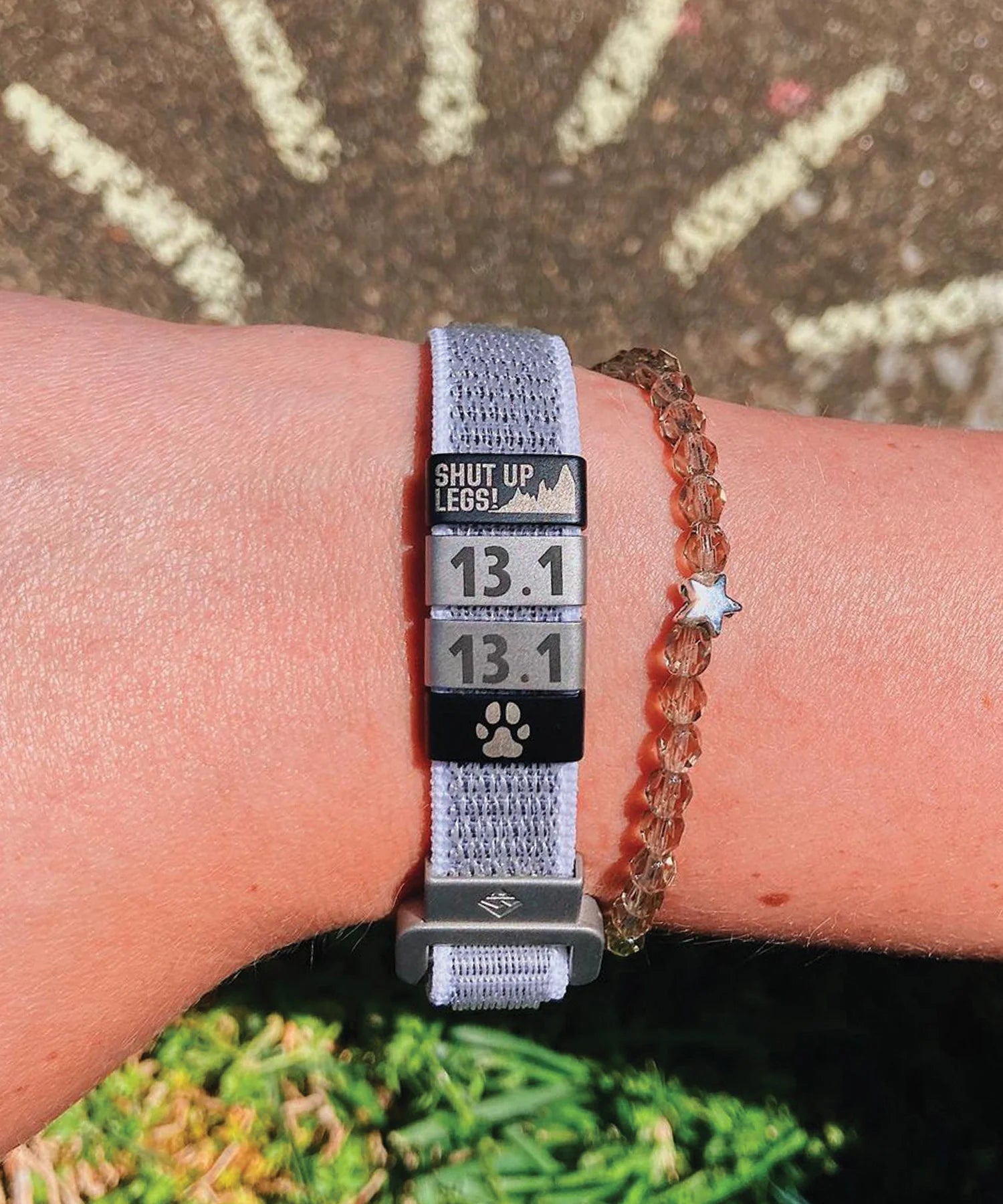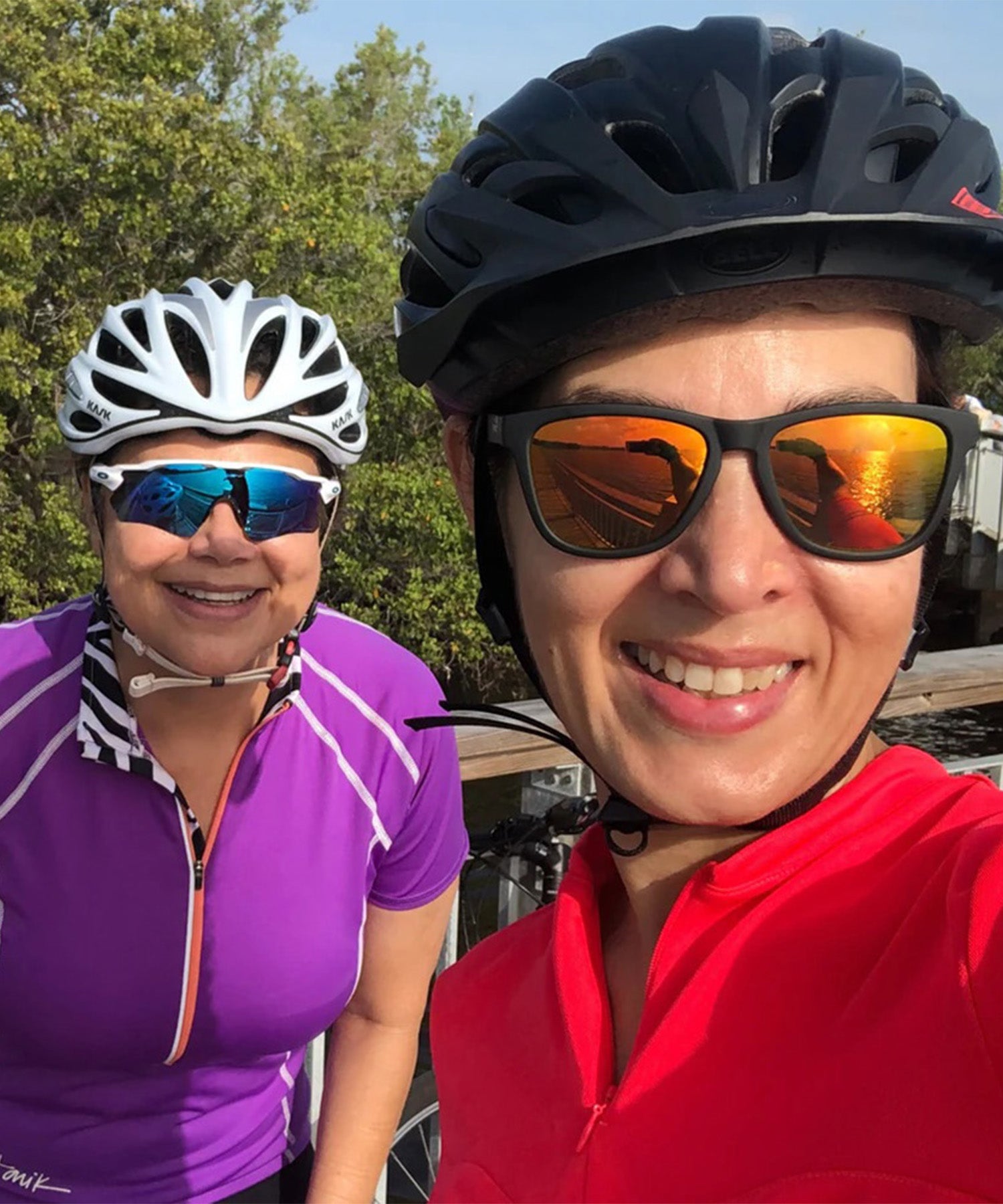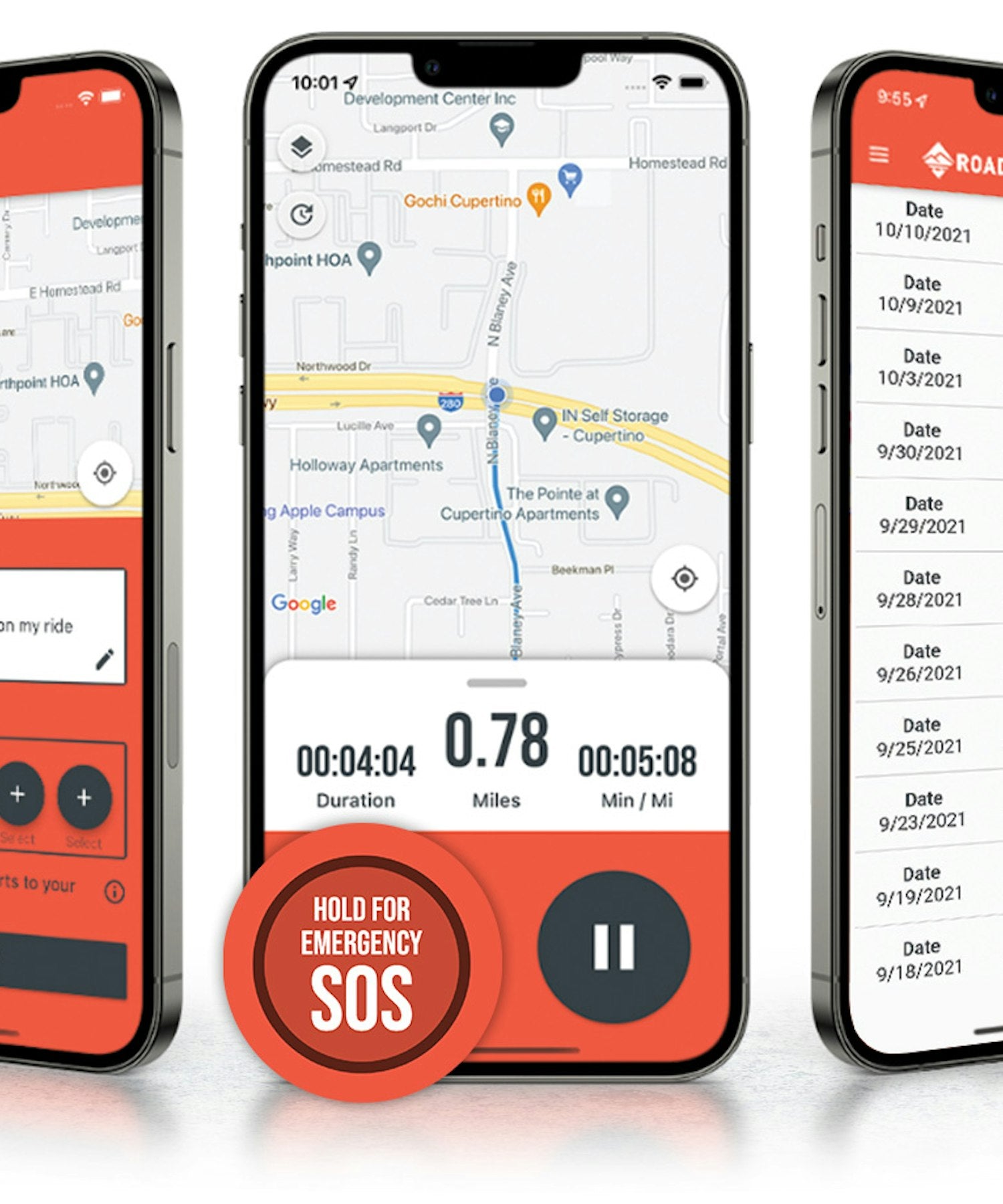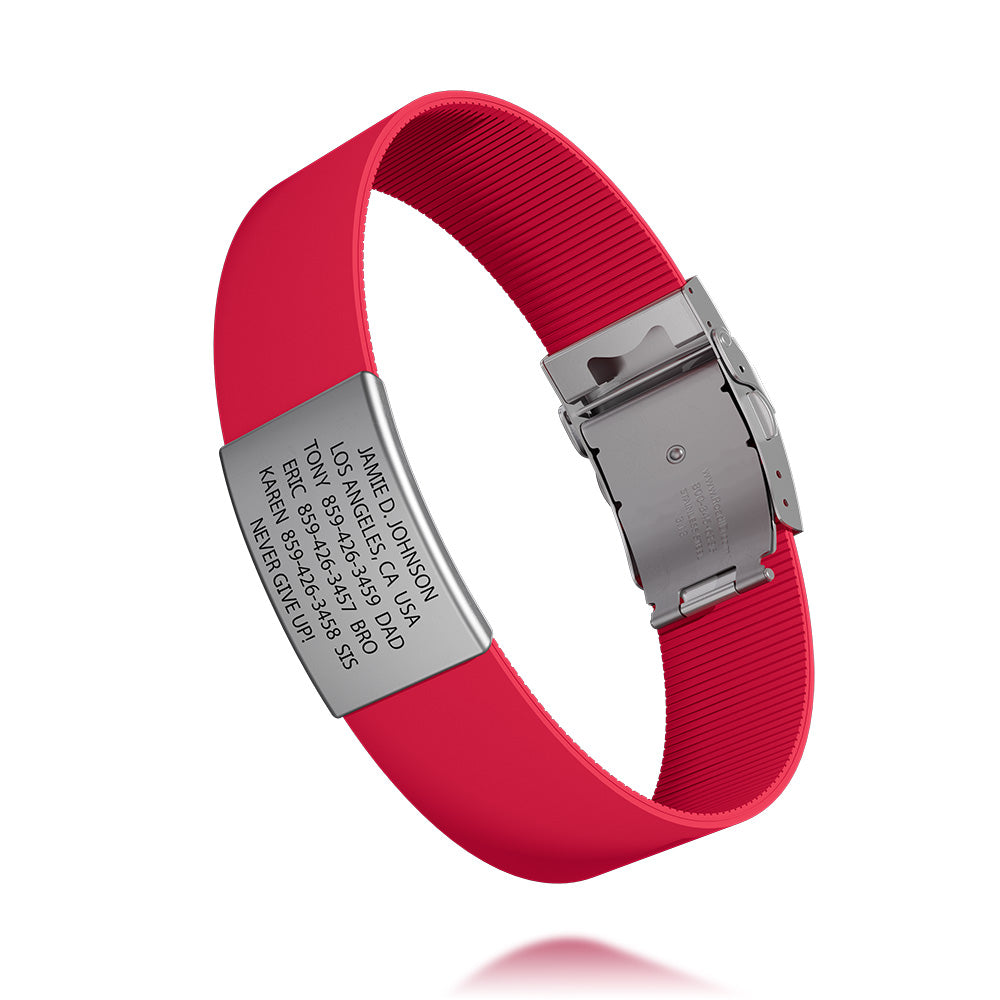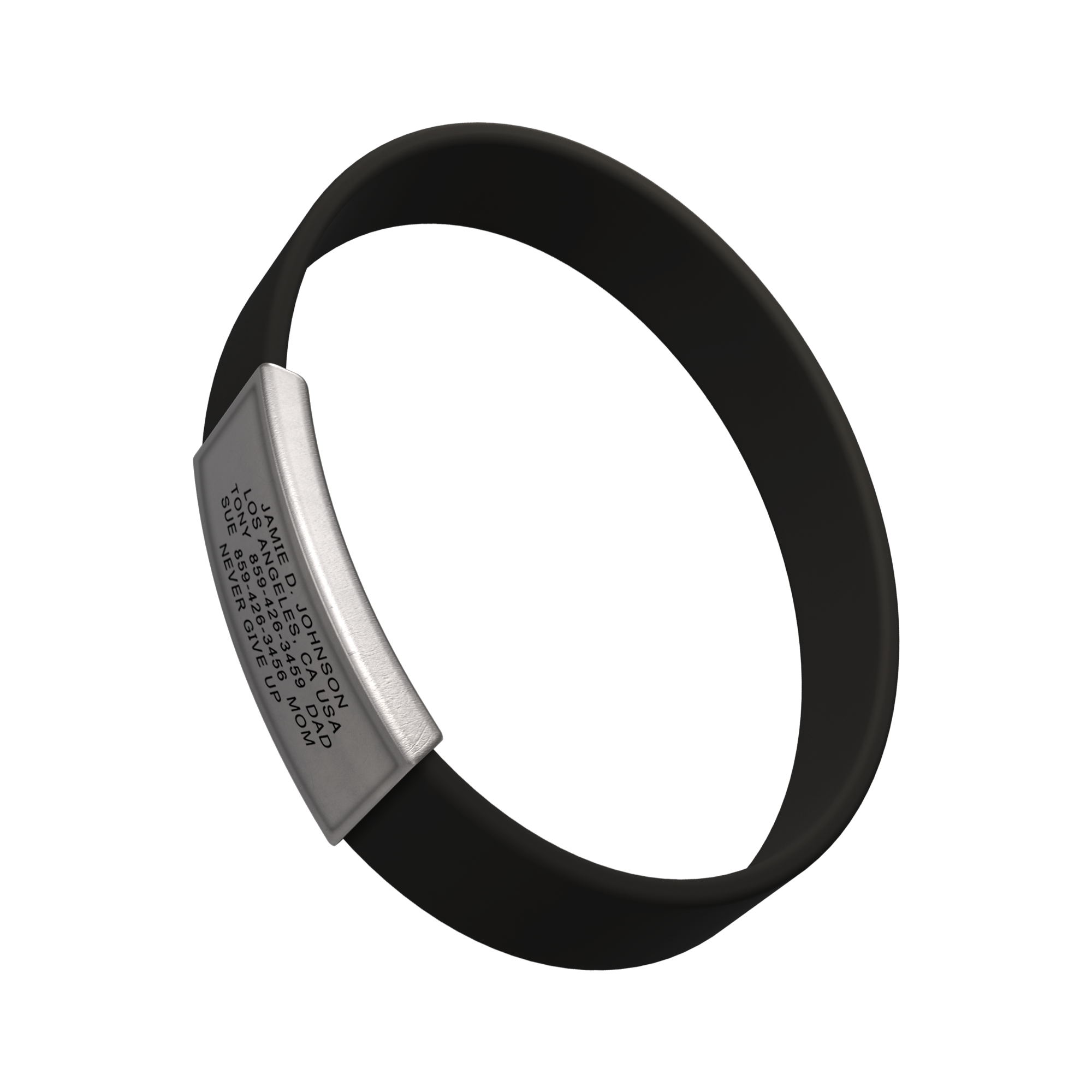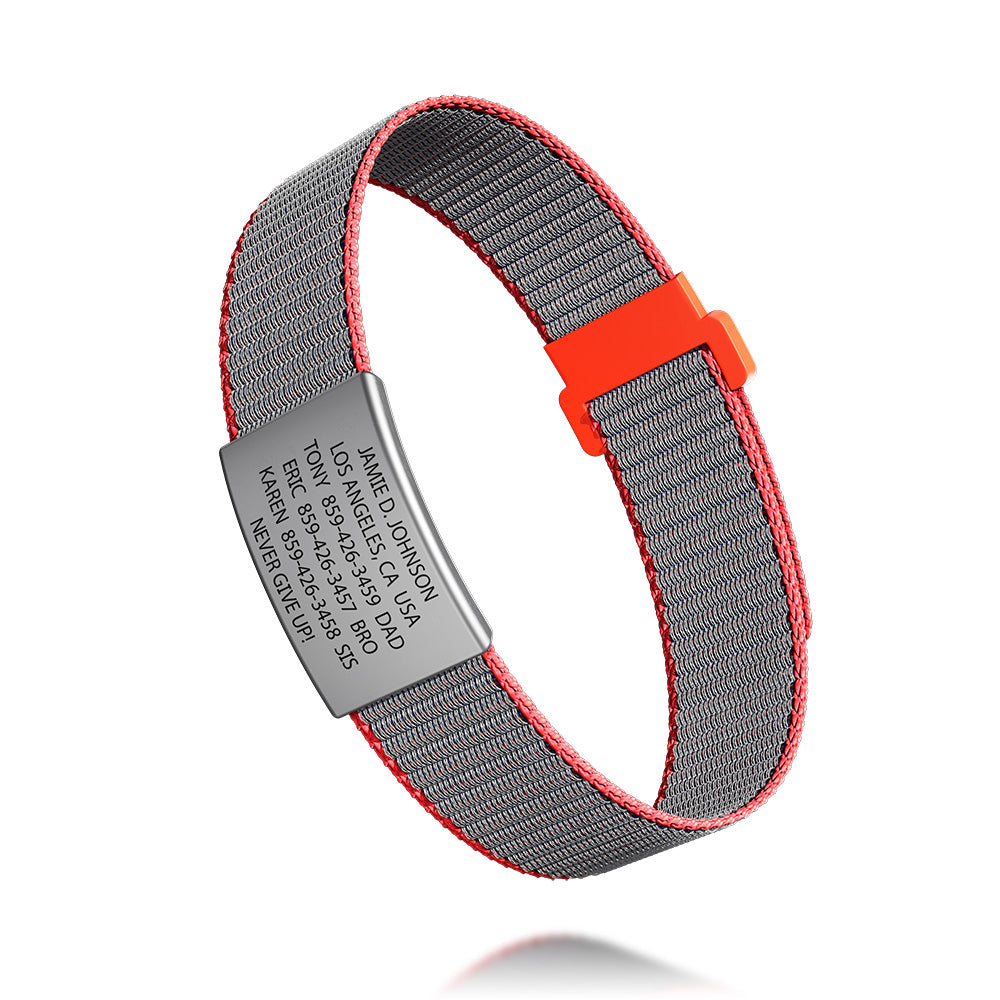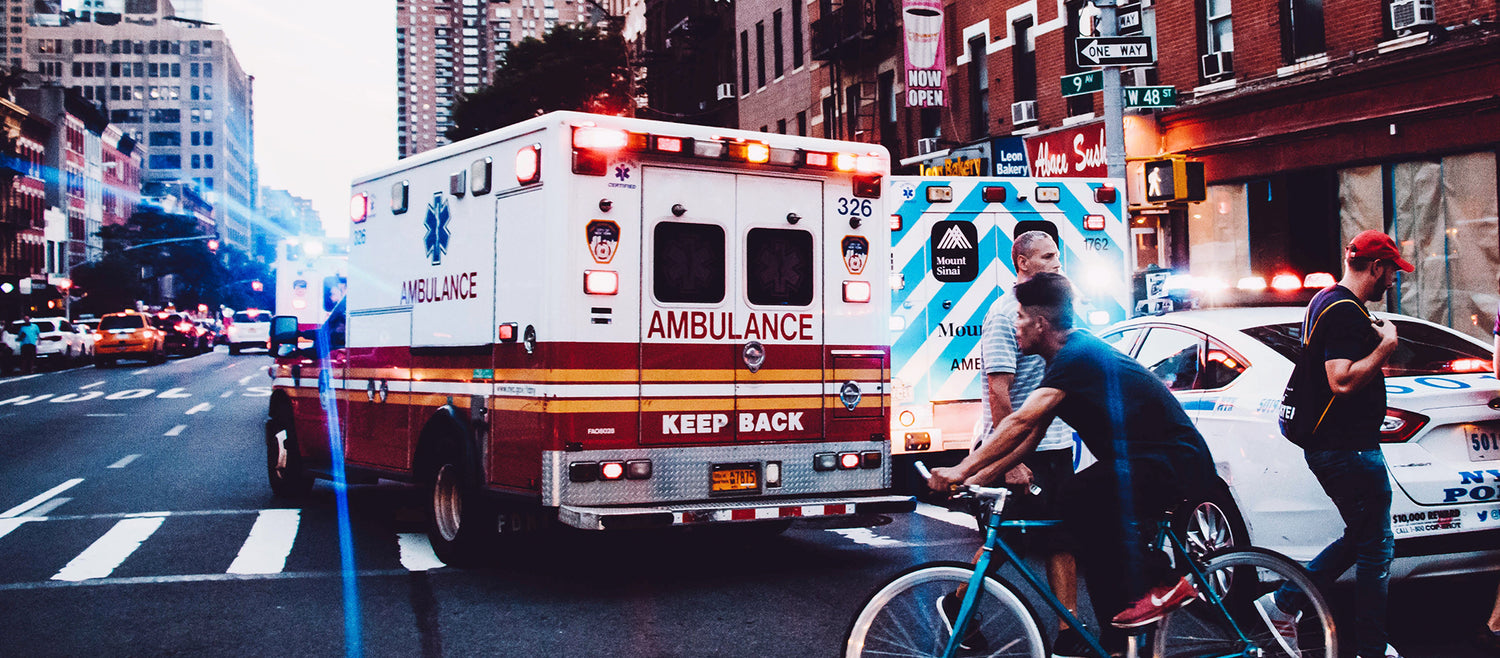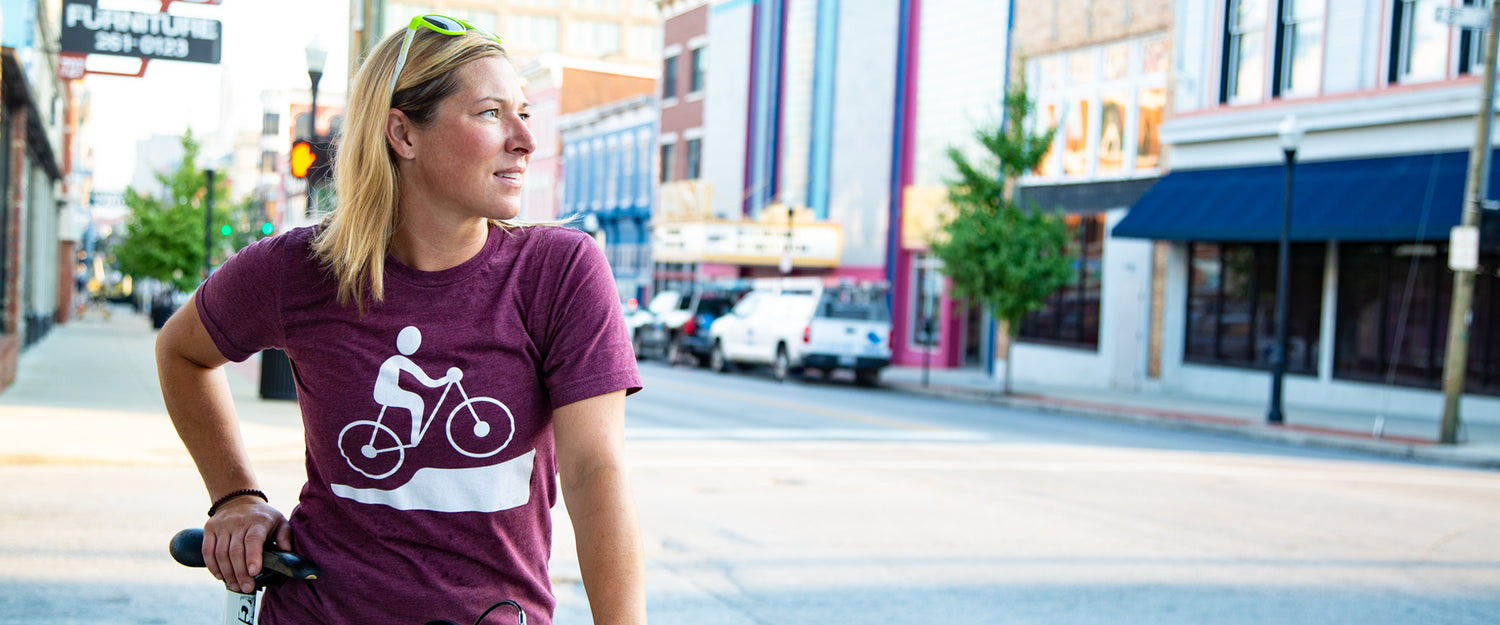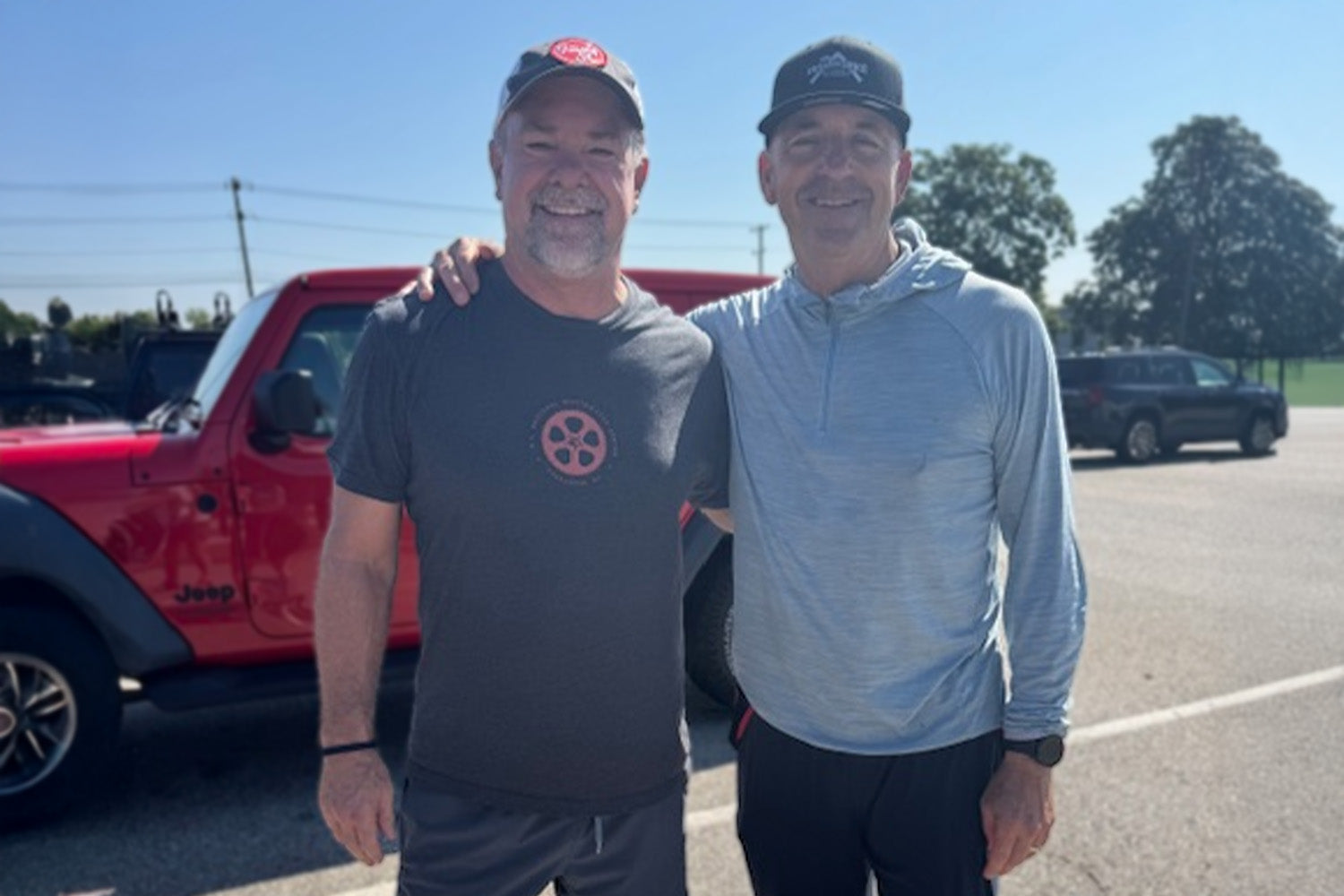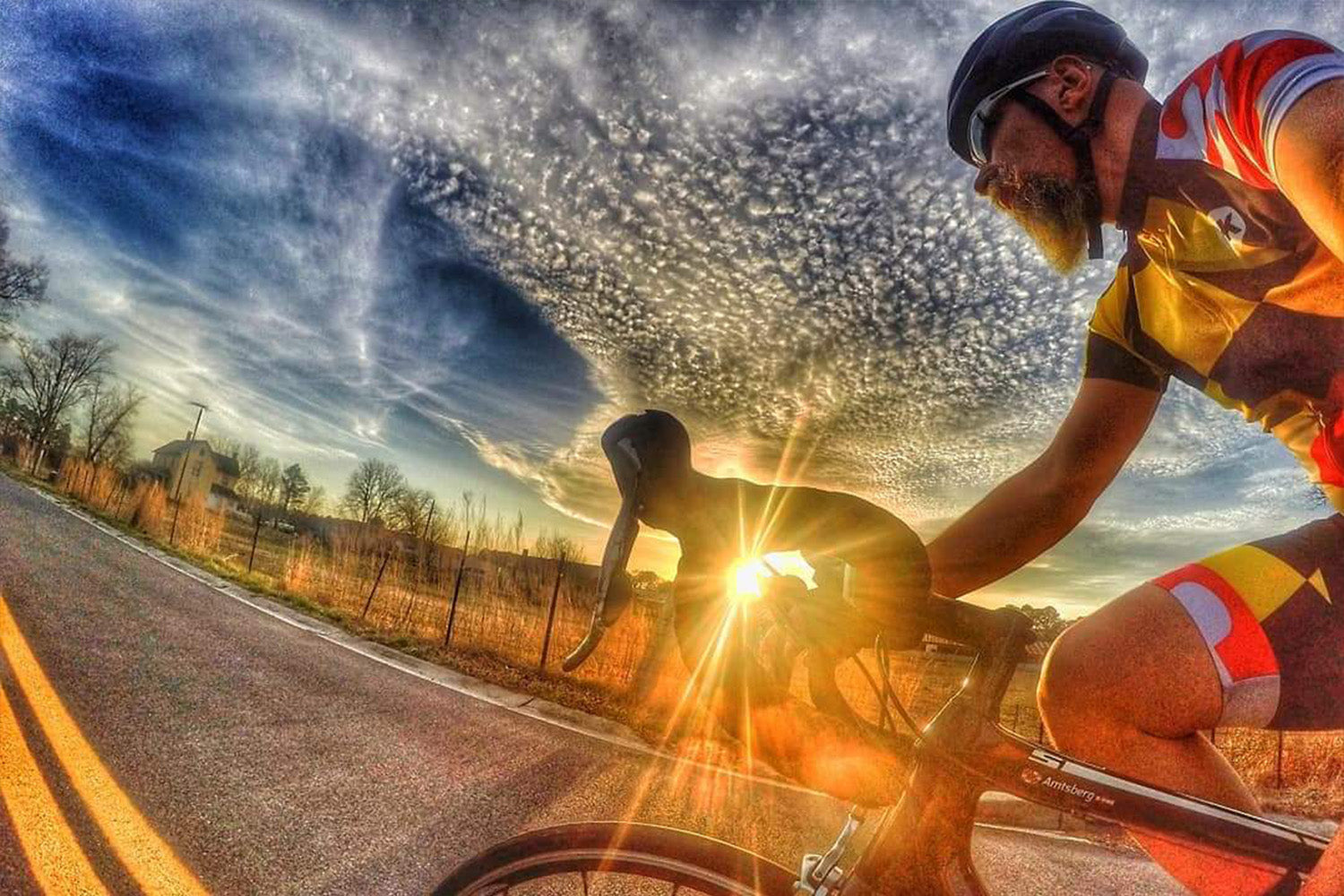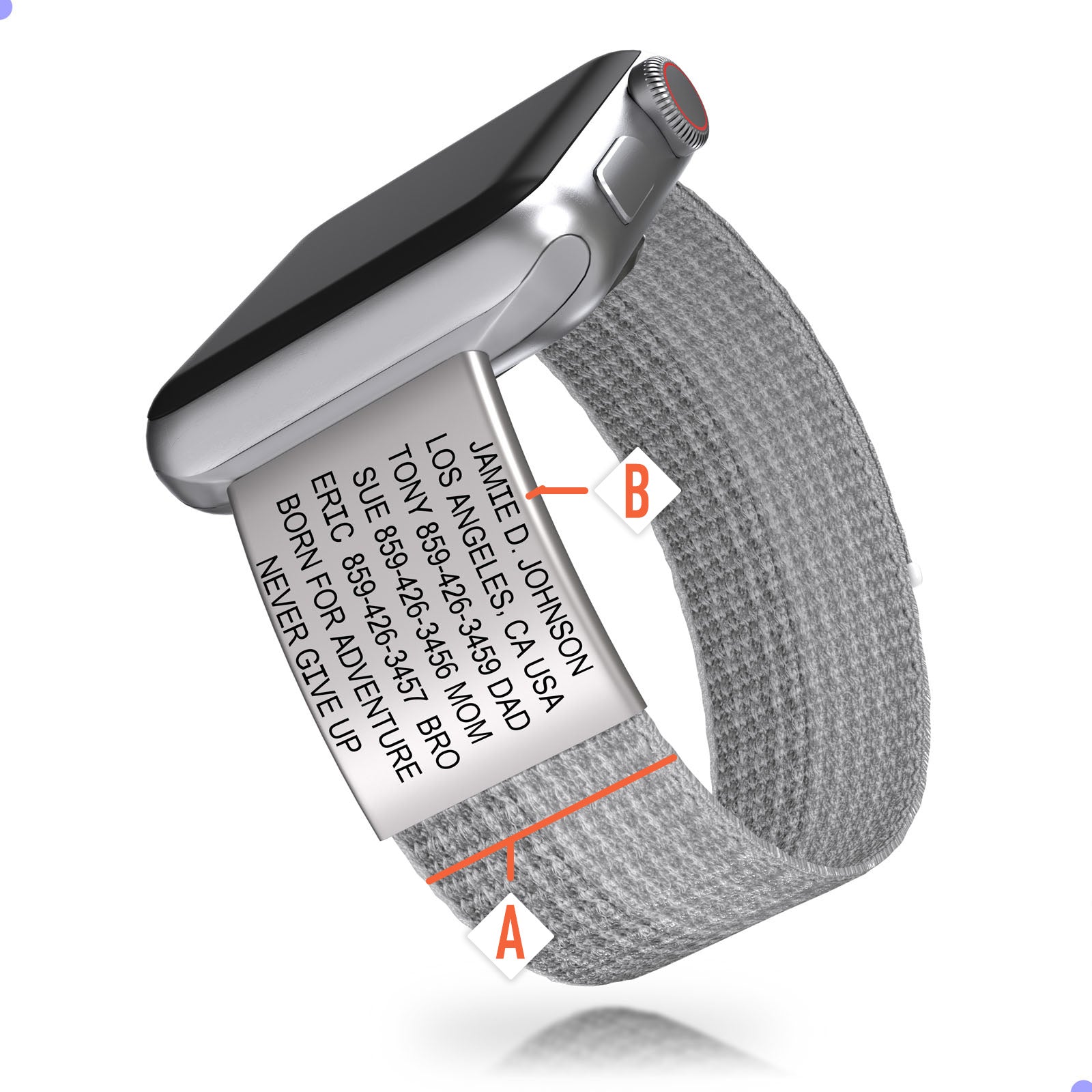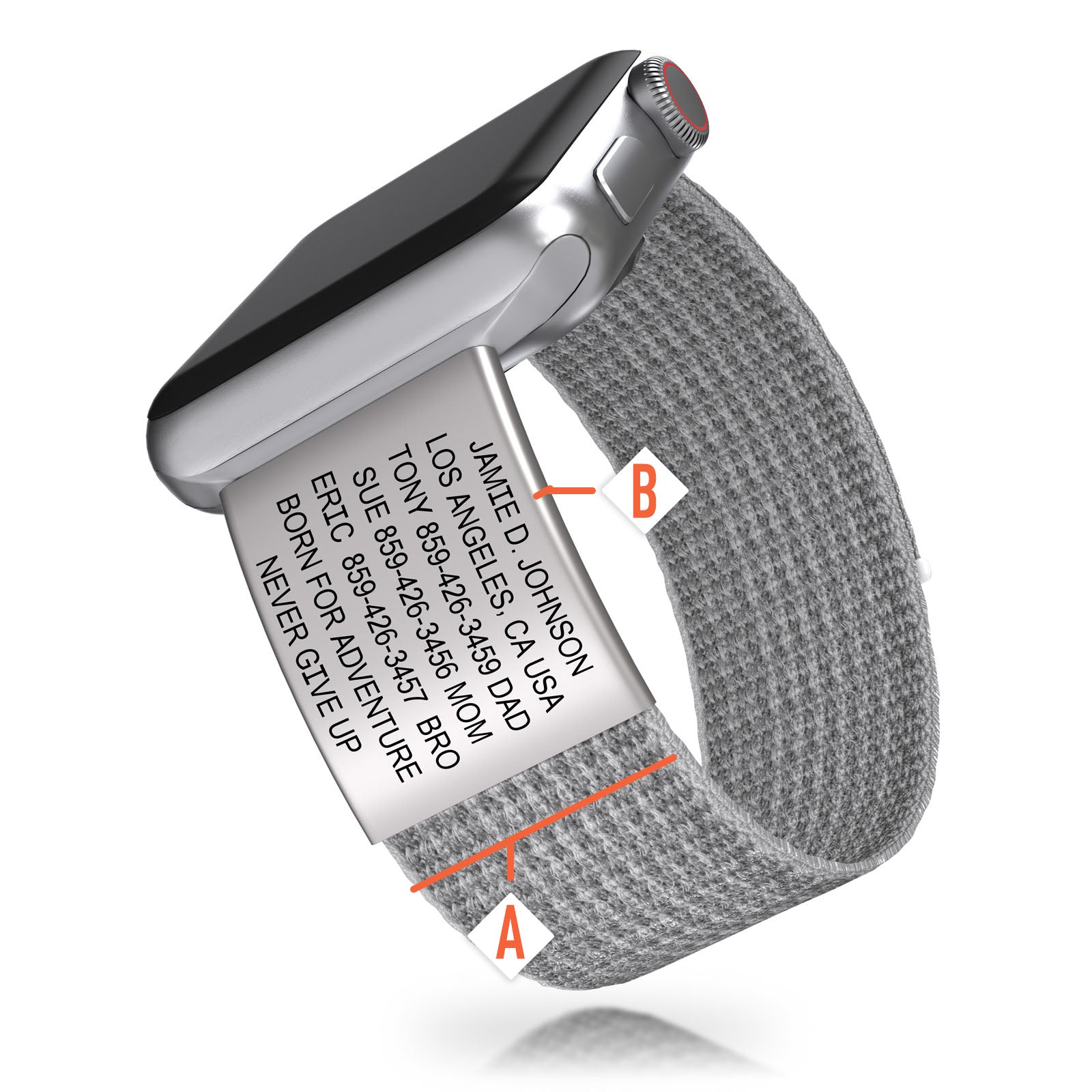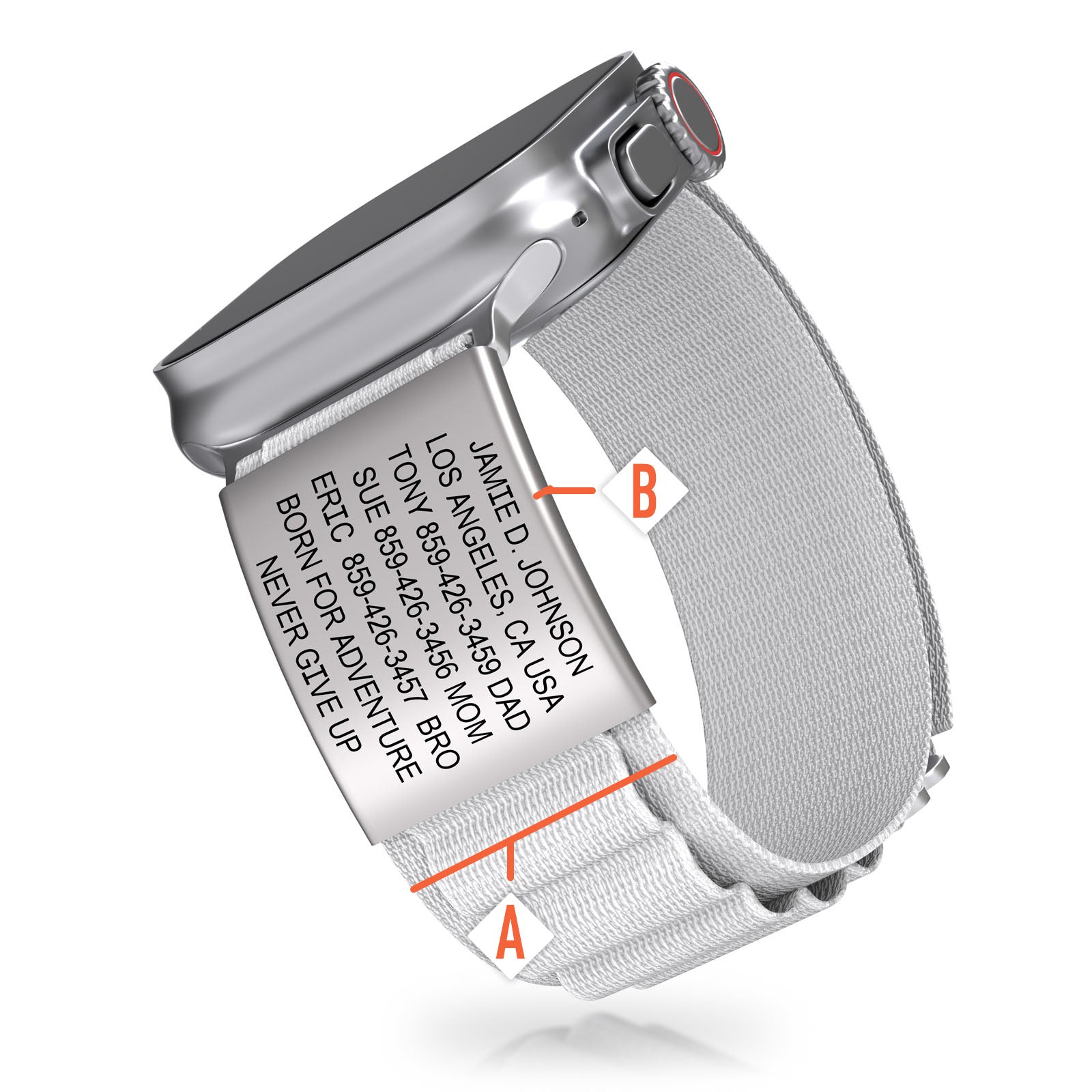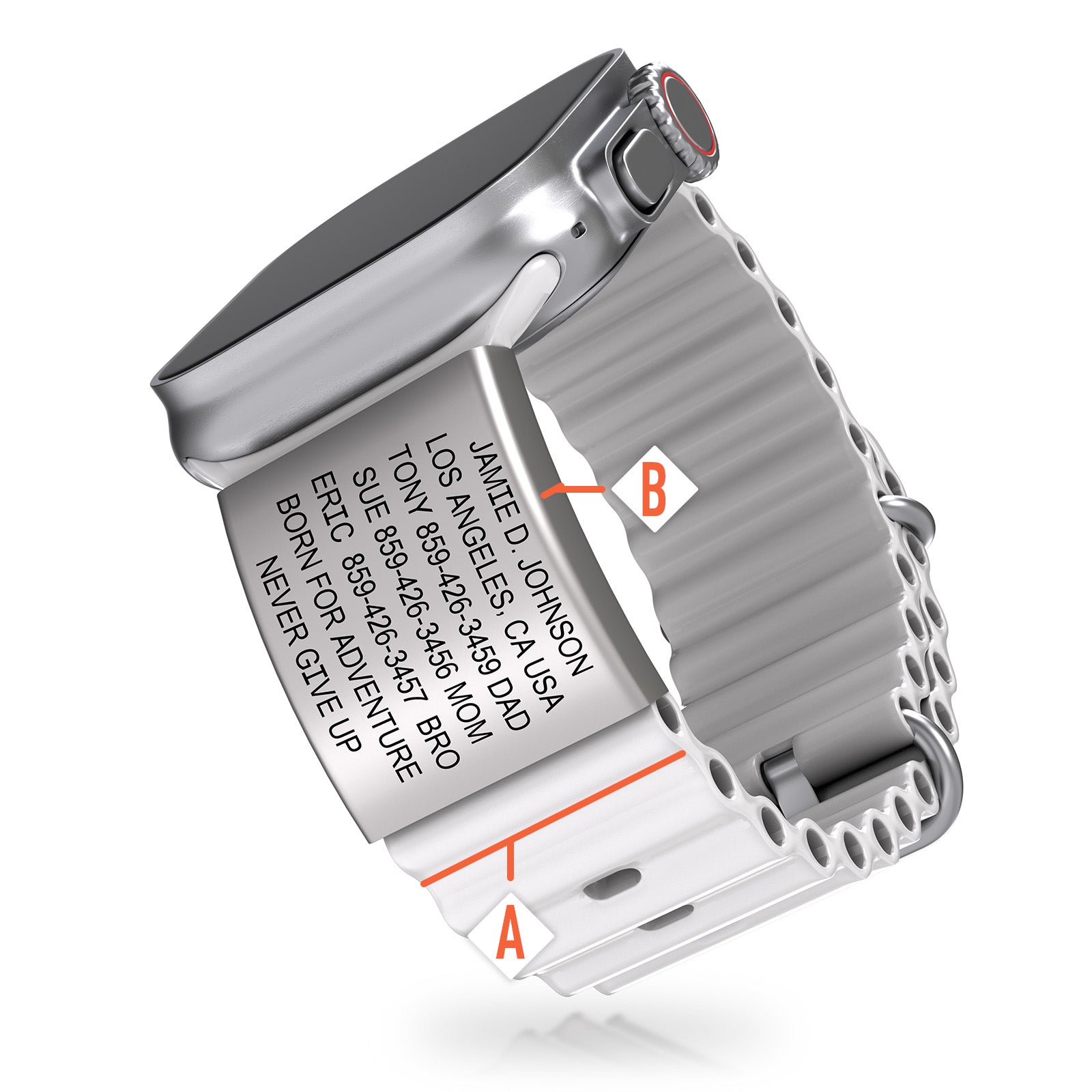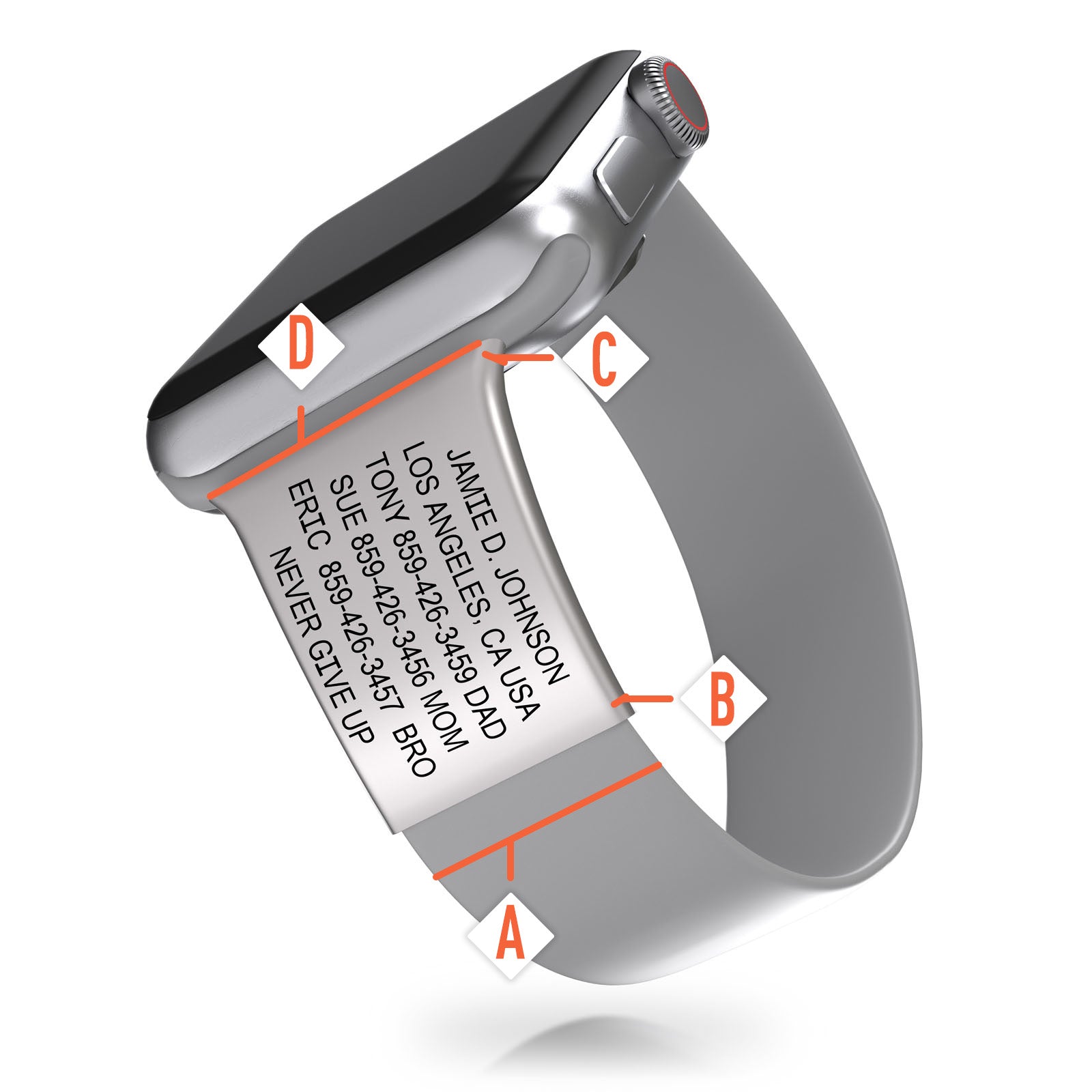There weren’t any warning signs. Ashley Shaw was an active, fit, 40-year-old paramedic when she started having chest pains out of the blue at her home outside Indianapolis. She told her husband, Chris, and they made the decision to drive to the emergency room a few miles away from the couple’s home.
 Ashley and her ROAD iD before running a 5K back in 2002
Ashley and her ROAD iD before running a 5K back in 2002Things quickly escalated at the hospital. “I was in so much pain I couldn’t get both of my hands away from my heart, and I couldn’t talk,” Ashley says. “Until I got the pain under control, I couldn’t have told them anything. My husband did the talking for me.”
Ashley spent 12 hours at the hospital, where doctors gave her medication to re-open the coronary arteries then sent her to the catheterization lab. There the medical team examined her arteries and expected to insert a stent to hold open any blockage. Except the doctors didn’t find the cholesterol buildup that normally causes a heart attack. Instead, they diagnosed Ashley with a rare disorder called Takotsubo cardiomyopathy, or broken heart syndrome, and told her she’d feel better in a week.
Unfortunately, Ashley started feeling worse instead of better, and her condition became something of a mystery. She didn’t wait for answers, however, before taking action. Ashley had purchased her first bright yellow ROAD iD back in 2003 as a running emergency bracelet and bought many others over the years to wear when she ran and cycled on the road. If another emergency struck, she knew her husband might not be by her side. She saw at least one person a day without any ID when she worked as a paramedic on an ambulance.
 Ashley showing off her impressive ROAD iD collection
Ashley showing off her impressive ROAD iD collection“It was almost right away when I started wearing my ROAD iD,” she says. “For three months, I thought I had a freakishly weird condition. If It hit again and I was alone, I knew I wouldn’t be able to talk. My plan was to stick out my wrist and show my ROAD iD.” Ashley added her cardiologist’s phone number and a growing list of medications to her online profile. Eventually, she attached her most recent EKG to the profile, too.
It took cardiologists three months to realize she’d had a major heart attack that damaged much of her heart. Doctors believe the heart attack may have been caused by a blood clot or vasospasm—a sudden constriction of a blood vessel.
“Life has changed,” Ashley says. “For the first year, I’d see someone on a bike or running, and I’d start crying. My active life is gone. I can barely make it up the stairs without getting winded.” Still, she’s grateful for what she has and feels lucky she hasn’t been incapacitated and needed to rely on one of her many ROAD iDs.
 What do you wear to meet a sloth? A ROAD iD, of course!
What do you wear to meet a sloth? A ROAD iD, of course!Ashley encountered many traditional medical alert bracelets during her years as a paramedic, but their usefulness had limits. A typical medical alert bracelet might tell you someone is diabetic, for instance, but it doesn’t give you any additional information about medication or recent history. In fact, she found many scraps of paper in people’s pockets over the years listing out their medicine in scrawled handwriting.
While she can no longer work as a paramedic, Ashley still urges people to think about ID for a medical emergency. She considers ROAD iD a “super medical alert bracelet” for people who have a complicated medical history, don’t want to rely on others, or don’t want to carry a little piece of paper to provide accurate information.
“Everyone should wear a ROAD iD,” she says. “Especially if you have a medical condition. If you take a bunch of medications like me, everything else is kind of useless. I never take it off.”
————